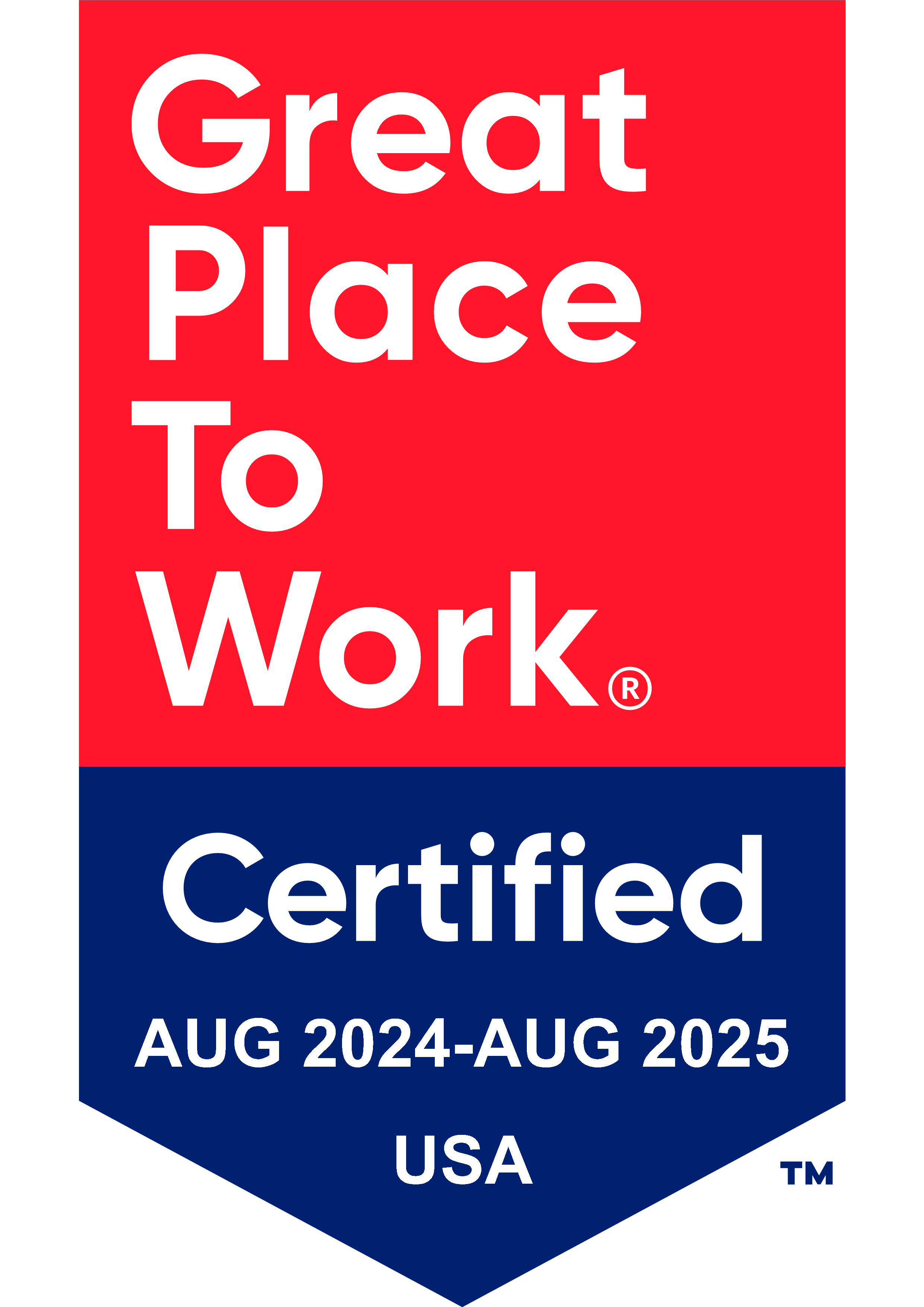The modern business landscape thrives on data-driven insights. But what if your data is trapped in outdated legacy systems, hindering your ability to analyze and utilize the data effectively? This is where data modernization can help ensure that your data is ready for modern analytics and AI requirements by transforming legacy ETL, data objects and orchestration in cloud-native architectures.
Bitwise developed a detailed eBook on Data Modernization: Cloud-Native Architecture Transformation of ETL, Data Objects and Orchestration to guide data leaders through the benefits, challenges and solutions of modernizing data platforms in the cloud. To provide a quick overview with the essential details of the eBook, we prepared this blog for a snapshot of cloud-native architecture transformation of ETL. Let’s take a look.
What is Data Modernization
Data modernization is the process of transforming your existing data infrastructure to meet the demands of today’s digital world. A crucial aspect of this transformation involves a move from legacy, on-premise systems to cloud-native architecture. According to Gartner, 58.7% of IT spending is still traditional but cloud-based spending will soon outpace it.
Benefits of Cloud-Native Architecture
The transformation of traditional on-premise data platform to cloud-native architecture offers several benefits to organizations:
- Faster Time-to-Market –DevOps practices and continuous delivery enabling organizations to accelerate their time-to-market.
- Flexibility and Portability – enables the ability to run applications on various cloud platforms or even on-premise infrastructure without significant modifications.
- Cost Efficiency – resource optimization and flexible, scalable pricing models can help with efficient utilization of resources.
Cloud-Native ETL Paradigm
The cloud-native paradigm has revolutionized the way organizations approach data integration and ETL processes by offering the ability to scale, automate and optimize their data integration processes in a highly flexible yet cost effective manager.
Another factor of the cloud-native paradigm is shifting from the traditional approach of ETL (extract, transform, load) to ELT (extract, load, transform) which provides a faster and more scalable option for processing big data workloads.
ETL Tools in the Cloud-Native Environment
Cloud-native ETL tools offer unique features, integrations, and pricing models, so it’s important to evaluate based on your specific requirements. Some of the leading ETL services designed for the cloud include:
- AWS Glue – fully managed ETL service that offers a serverless approach to ETL that automatically handles infrastructure provisioning and scaling.
- Azure Data Factory (ADF) – cloud-based data integration service that enables users to create and schedule data-driven workflow.
- Intelligent Data Management Cloud (IDMC) – Informatica’s unified platform for companies to integrate, manage and govern their information.
ETL Migration and Modernization
Organizations can take advantage of the latest AI capabilities with maturity of cloud-native ETL/ELT services, providing a tremendous opportunity to modernize legacy data platforms in the cloud. Depending on your business objectives, GUI-based services like AWS Glue Studio, ADF and IDMC are viable options for building modern data pipelines. Many organizations are also modernizing ETL with PySpark code for execution through services like Azure Databricks, Microsoft Fabric, AWS Glue or EMR.
Challenges of Migrating Traditional ETL to Cloud-Native Approach
Migrating traditional ETL processes to a cloud-native approach presents major challenges that organizations need to address, including:
- Data Volume and Velocity
- Data Integration Complexity
- Data Security and Compliance
- Skill Set and Expertise
- Data Latency and Performance
- Cost Management
Achieving Data Modernization Success
With over 12 years of ETL migration experience in converting over 30,000 ETL applications from one tool to another, Bitwise deeply understands the challenges and solutions for achieving a successful data modernization initiative. Based on our experience we recommend an automated ETL migration approach to avoid the most common challenges that will set your modernization back – both in terms of time and cost.
Automated ETL Migration Methodology
There are many factors that contribute to a successful ETL migration from legacy system to cloud-native architecture. Using automation to accelerate each phase of migration and overcome common errors that typically come up when manually converting data workflows.
- Migration Assessment – to initiate a cloud-native architecture transformation, it is essential to assess the current state of the technology landscape. Automated assessment tools can provide detailed analysis of the inventory and dependencies needed to architect the optimal solution in the target cloud system.
- Code Conversion – using an automated code conversion solution with a robust library of mappings is essential to avoiding unnecessary errors and workarounds when converting code from one ETL to another and preventing extra re-work efforts.
- ETL Testing and Validation – whether you go with a GUI-based ETL service or PySpark executed through a programmatical data processing framework, the most important step (and often the most overlooked) is testing and validation. Using an automation-based validation approach can detect unseen problems before the code gets pushed to downstream analytics applications.
Getting Started
A recent survey from MIT Technology Review found that just over 50% of surveyed senior data and technology executives have undertaken or are implementing a data modernization project, and an additional 25% have plans to within two years.
With the leading cloud providers offering comprehensive, all-in-one data platforms – including Microsoft, AWS, Databricks, Snowflake and Informatica, the need for data modernization is critical to take advantage of the analytical and AI capabilities that these platforms promise and stay ahead of the competition.
To learn more about modernizing data to tap into the power of cloud-native Data & AI platforms, get your free copy of our Data Modernization eBook today to get started.
You Might Also Like

Data Security
Implementing Fine-Grained Data Access Control: A Complete Guide to GCP Column-Level Policy Tags
Learn More










